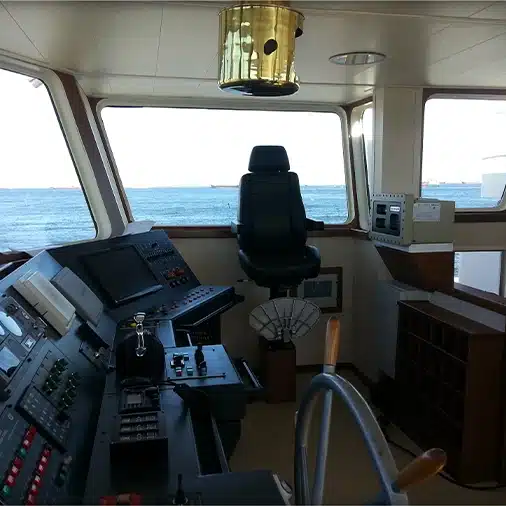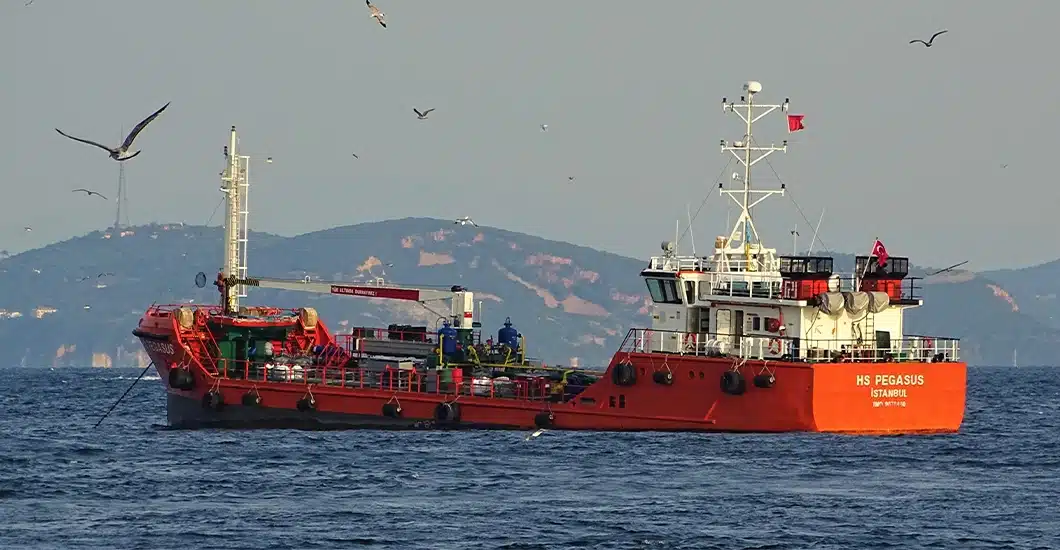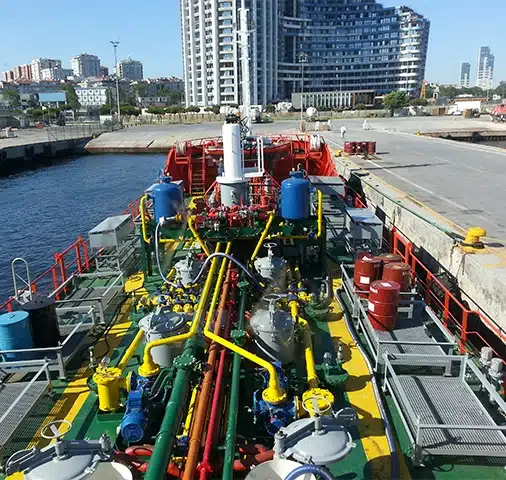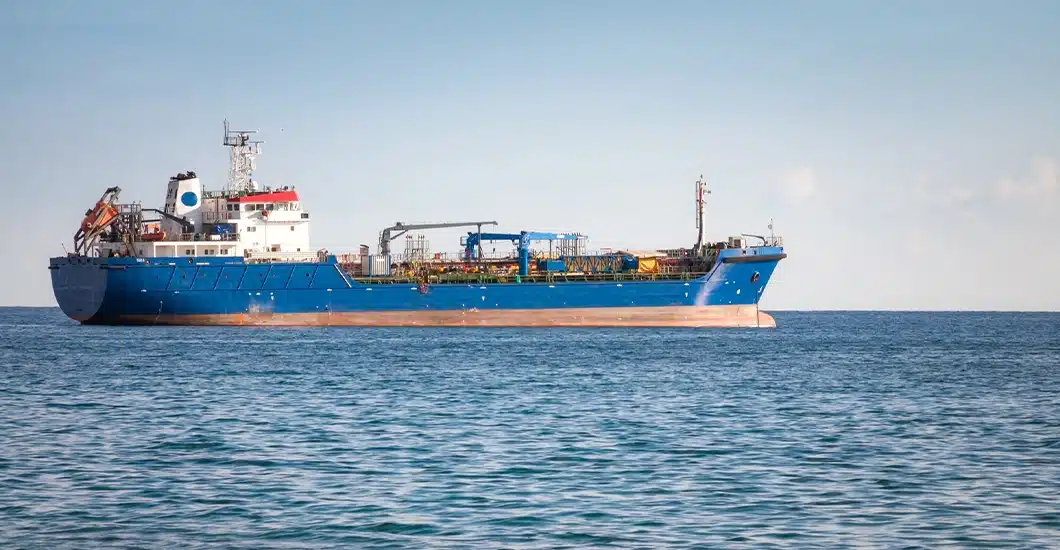What does bunker mean? The term “bunker” is used in the maritime industry to describe the refueling of a ship. Ships undertake long voyages and require fuel from bunker stations to complete these voyages without interruptions.
What does bunker mean? Among the fuels provided by bunker stations for ships are heavy fuel oil, marine diesel, and more environmentally friendly options such as LPG. These processes are typically carried out at facilities located in ports and are also used in other operational processes.
What is Bunker?
Bunker is a term used in the maritime industry and refers to the storage area for fuel used by ships to sustain uninterrupted voyages and meet their energy needs on the open sea. These storage areas are generally located in ports.
Today, the term “bunker” is primarily used to refer to the fuel of ships.
Ships undertake long-distance voyages and require energy during these voyages. This energy is generated by the combustion of fuel in the engines, and the bunker plays a significant role in this process. Ship fuel is vital not only for generating propulsion energy but also for operating onboard equipment, lighting, and other operational needs.
“Where do ships get fuel?” Bunker organizes the storage and safe transfer of fuel to ships. Bunker ensures the sustainability of ship operations, and these storage areas are located in ports or strategic regions.
Modern maritime bunker management is not only about fuel supply but is also evaluated in terms of compliance with international environmental standards. For all these reasons, bunker management is an indispensable component of the maritime transportation sector.

Reasons for operating bunker management in compliance with environmental standards:

What is Bunkering?
In maritime operations, bunkering refers to the process of supplying fuel.
Fuel refueling is crucial for ships to perform their fuel replenishment, and the fuels used in this process are obtained from tanks on ships or in port-based depots. Fuel bunker depots are located in numerous ports worldwide, and ships obtain their fuel from these depots.
The use of bunkering in maritime transportation requires efficient logistical planning. These plans include the ship’s travel route, fuel consumption, the supply capacities of ports, and environmental regulations.
With proper management, bunkering ensures the operational continuity of ships and optimizes costs at the same time.
“What are bunker ships?” Bunker ships wait on the open seas, allowing vessels to obtain fuel from these vehicles. The bunkering process ensures the quality control of fuel and the safe transfer of it.
What Does Bunker Do?
“What is bunker in maritime?” In maritime transportation, bunker meets the energy needs of ships during long-distance journeys. This energy is essential for the propulsion of ships, electricity generation, and other operational processes.
In maritime transportation, bunker not only meets the fuel needs of ships but also ensures operational safety in potential emergencies.
Bunker fuel powers generators onboard ships, converting it into electrical energy. This energy is used for lighting, communication systems, and the operation of other electrical devices.
Bunker fuel also serves as a backup energy source. In emergencies or unexpected technical failures, the reserve fuel stored on the ship is crucial for safety. This reserve fuel helps the ship reach the port safely.
Modern approaches used in maritime also encourage the use of low-sulfur and environmentally friendly fuels. Selecting fuel in accordance with standards ensures both environmental responsibility and legal compliance.

“Where is bunker used in maritime?” In maritime, bunker use meets the fuel needs of ships and forms the foundation of maritime transportation operations. The areas of use are as follows:
For more detailed information about the importance and applications of bunker fuel in maritime transportation, you can contact Mega Industry.

